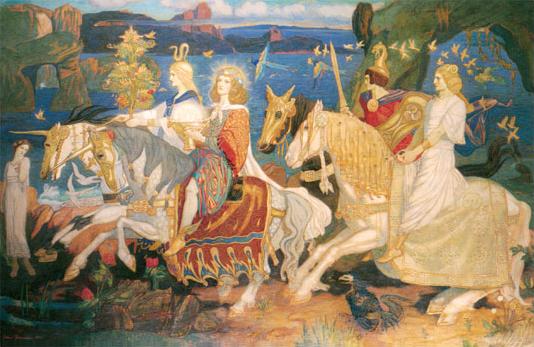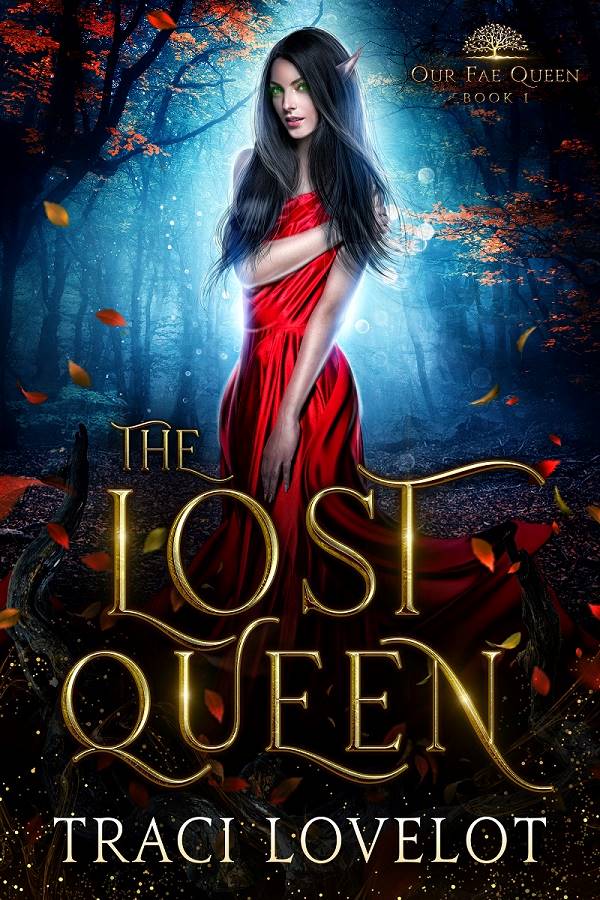Last time, I told you about the Kitsune, or Kenji’s people. If you missed it, I also posted about the legends behind the Duwende, Veela, and Nixies. Now let’s talk about the Elves and the ongoing Seelie vs. Unseelie conflict.

Scottish legends say fairies are divided into Seelie and Unseelie, or sometimes summer and winter. Oftentimes, Seelie fae folk would seek help from humans and help them in turn, while the Unseelie enjoy tormenting humans.
Norse mythology divides the Elves into light and dark. It’s from a combination of these legends that I decided to divide my Elves into Seelie and Unseelie.
In my books, the Unseelie Elves not only revile humans, but also other, “lesser Fae.” The Unseelie believe Elves are superior because the Kitsune, Duwende, Nixies, and Veela arose from the interbreeding between Elves and humans.
Elves, Fairies, Mrenh kongveal, Tuatha Dé Danann, Aes Sídhe, or Púca
?♂️ In Our Fae Queen, all Fae descend from Elves, the most numerous of the Fae due to their ancient origins and lengthy lifespans, and I borrowed from all of the above-mentioned legends to create them.
?♀️ Elves are characterized by their pointed ears, lack of facial hair, and tall heights. Born with alabaster white skin, their complexion darkens as they age to robin’s egg blue within a century or two, while the eldest are nearly midnight blue. With glamor, they can change their own appearance, but not that of others. ?♀️
? Elves are preternaturally fast, and because they can levitate, they rarely wear shoes. ?Thanks to their height, long reach, and speed, they favor swords and other blades.
? Elves can shapeshift into a variety of woodland mammals, including deer, mice, squirrels, etc. ? Those who identify with more aggressive animal spirits, such as wolves or cougars, tend toward Unseelie philosophies. ? Because of their animal spirits, Elves feel most comfortable living in the forest. ?
Glori, our Female Main Character (FMC), is an Elf, although she certainly doesn’t know it until early in Our Fae Queen Book 1.
